I am currently in Tromsø, Norway getting ready to sail into the ice pack of the Arctic Ocean on the Russian icebreaker the Kapitan Dranitsyn. I left my home in Colorado on Wednesday 22 January, on an unseasonably warm winter day, and landed in Tromsø on the evening of the 23rd, in a snow shower.

Tromsø is above the Arctic Circle, near 70 deg latitude, in far northern mainland Norway. At this time of year the sun rises after 10AM and sets before 2PM with the sun mostly hidden behind the mountains south of town on the other side of the fjord.
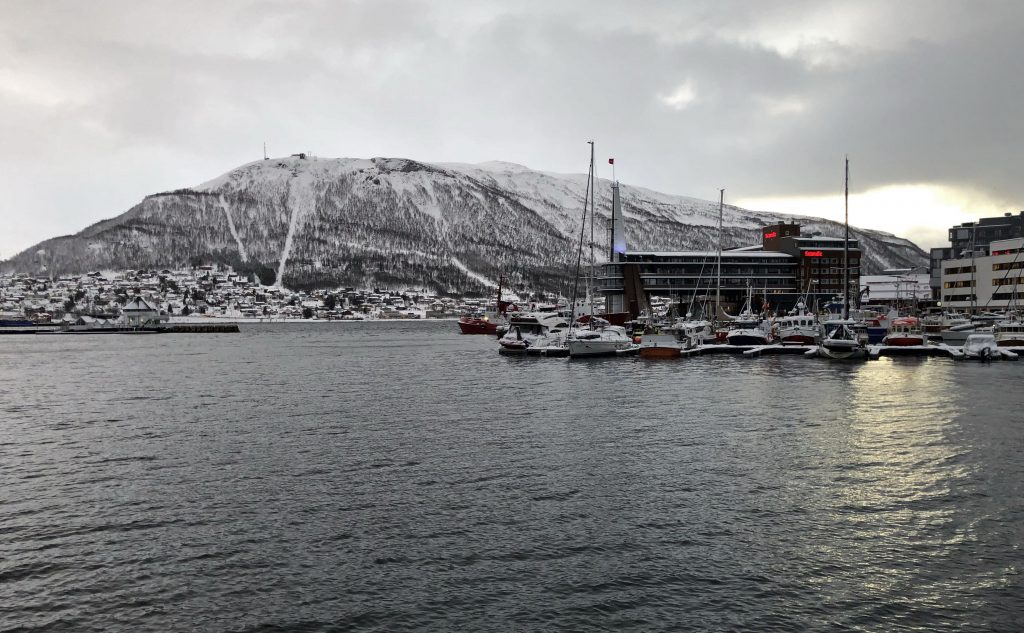
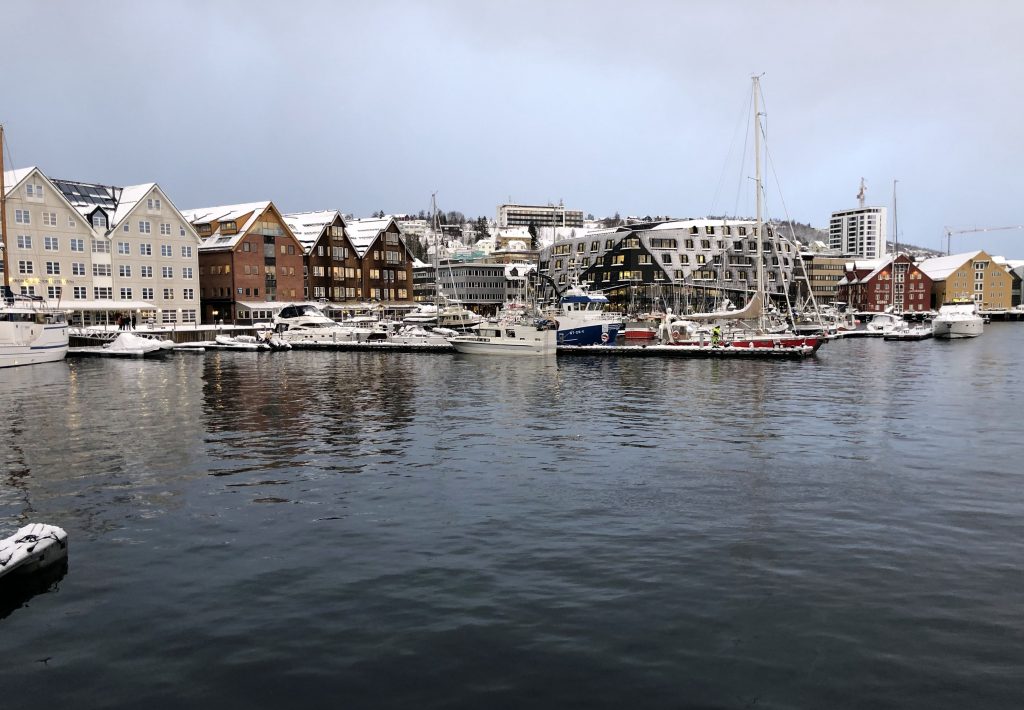
The last few days have been spent getting ready to head north to the Polarstern. On Thursday we were given our cold weather clothing that was supplied by the Alfred Wegner Institute (AWI). Each of us received a large duffle bag filled with everything from heavy duty winter boots to long underwear to giant parkas. All of this was similar to the gear I’ve been issued on my previous Antarctic trips.
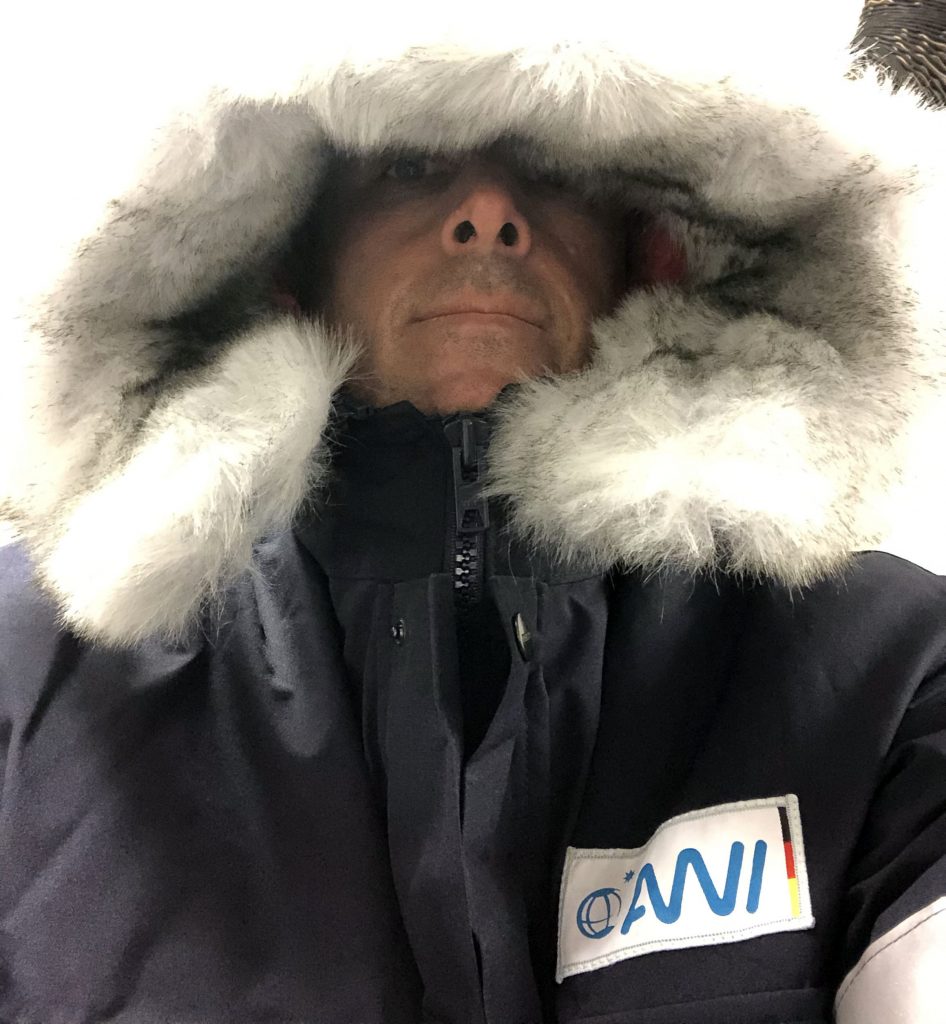
On Thursday afternoon Gina and I met with two people from a UK media company that will be producing a documentary about the MOSAiC project. Gina and I have both agreed to be filmed for the documentary as well as to record video diaries of our experiences during the expedition. The MOSAiC project has done an excellent job of publicizing the expedition in various media outlets. I’ve done a TV interview, with the US Weather Channel, and a couple of radio interviews. Articles have also been published about MOSAiC in newspapers, magazines and web sites, including the Washington Post and National Geographic.
Saturday and Sunday were spent reviewing some final safety and other logistic matters for the expedition. Saturday was the first time that all 59 scientists taking part in leg 3 of the expedition met. The scientists I’ll be sailing and working with come from around the world, although most of them are from the United States and Europe.
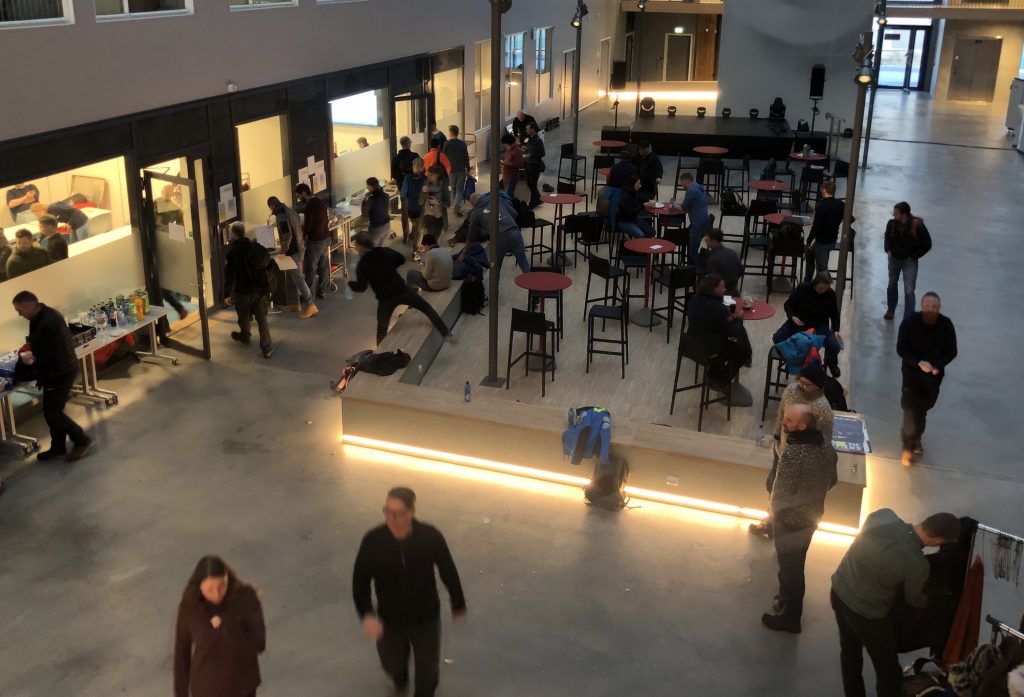
This final training included discussions about polar bears, weather and other environmental hazards that we’ll need to be mindful of as well as procedures to be followed in case of any emergencies. One critical part of this is that there is a clear chain of command to minimize confusion in case of an emergency. While the hazards I’ll face on this trip are very different from the ones in my everyday life I suspect that I’ll be in less danger in the Arctic than I am when I am riding my bike or driving at home.
We also spent time doing hands on training. This training included how to safely exit a helicopter in case of a water landing and demos of how to use the emergency gear we’ll have available whenever we are on the ice.
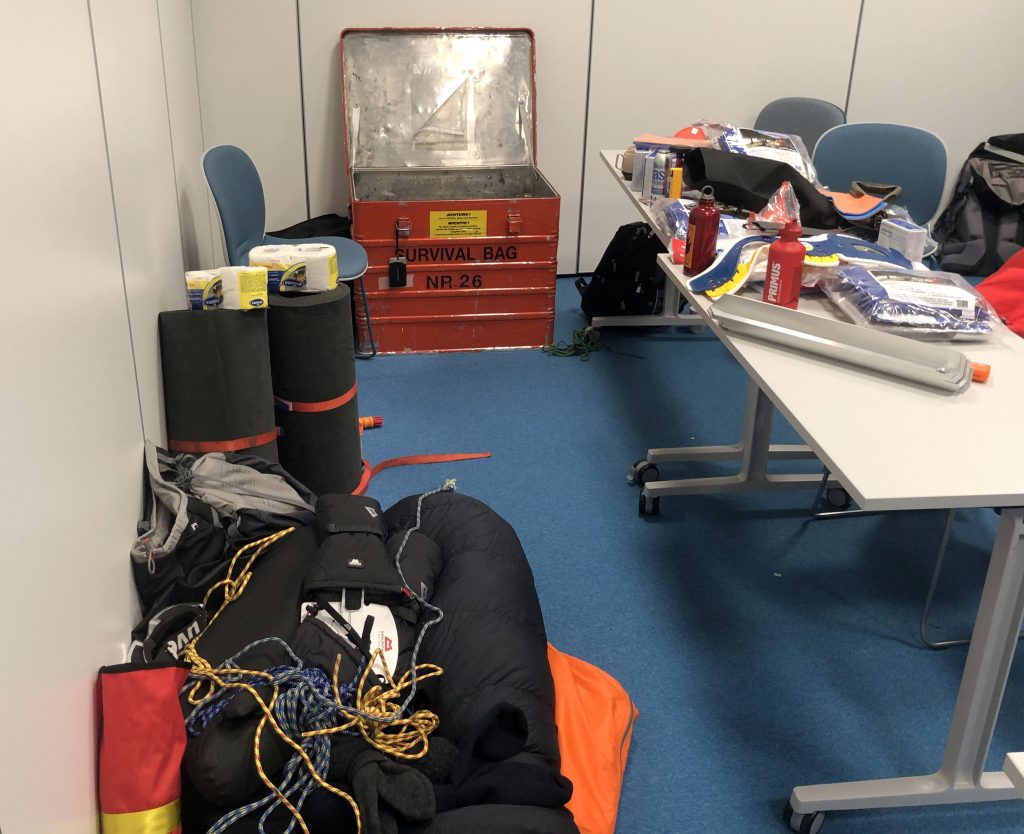
One bit of gear we received that differs from what I’ve had on past polar trips is a survival suit that will provide buoyancy and help keep us warm (in a relative sense) in case we fall into a crack, or lead, in the sea ice while we are working. The most immersive (pun intended) training we did was the sea ice training. For this we put on our survival suits and had to jump into the just above freezing point water in Tromsø harbor to get a sense of how to move around in the bulky suit and how to get back onto dry land or ice.

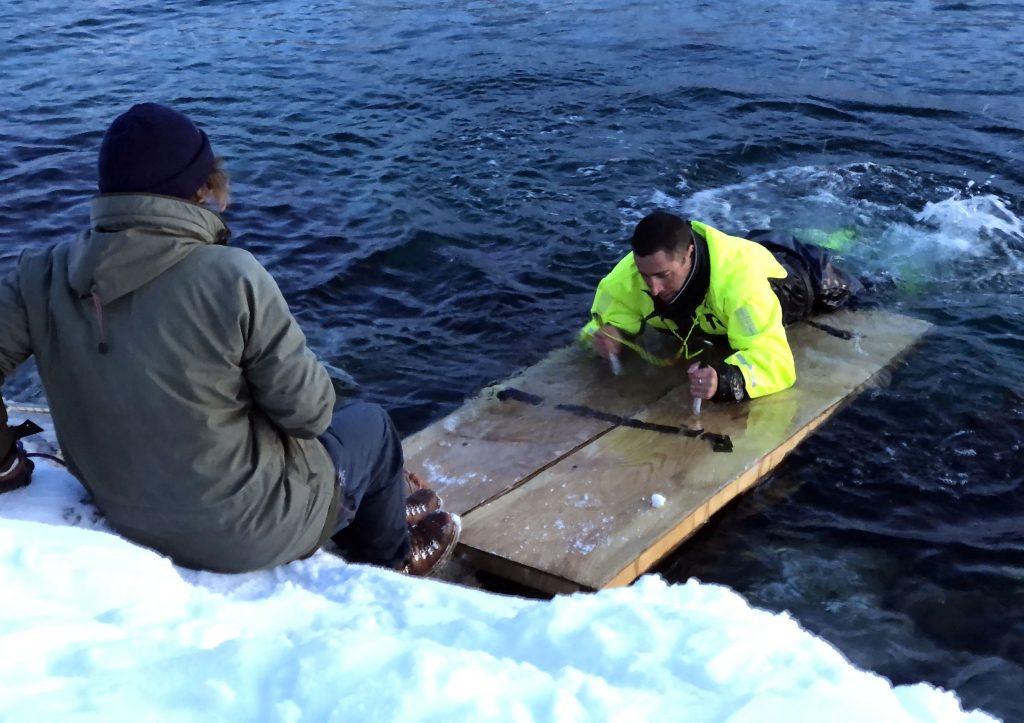
Originally, we were planning to set sail on the Kapitan Dranitsyn, for the Polarstern, sometime on Monday, but the Dranitsyn is running a bit behind schedule. Right now, it appears that we’ll be boarding the Dranitsyn Monday evening and setting sail sometime on Tuesday.

We’ll be sailing north from Tromsø following open water (dark blue on the map above) as much as possible before heading into the Arctic ice pack. The trip from Tromsø to the Polarstern will take about 2 weeks and during that time we’ll sail with no opportunity to do any research.
I’ll have very limited internet access once I board the Dranitsyn, until I return to Longyearbyen, Norway in April. I should be able to send text e-mail messages and I’ll use these to update this blog with text only entries. I’ll post several entries with photos from my time in the Arctic once I’m back in Norway or the US in April.
For now, here is one of the last sunsets I’ll see until the sun rises in the central Arctic in late March.
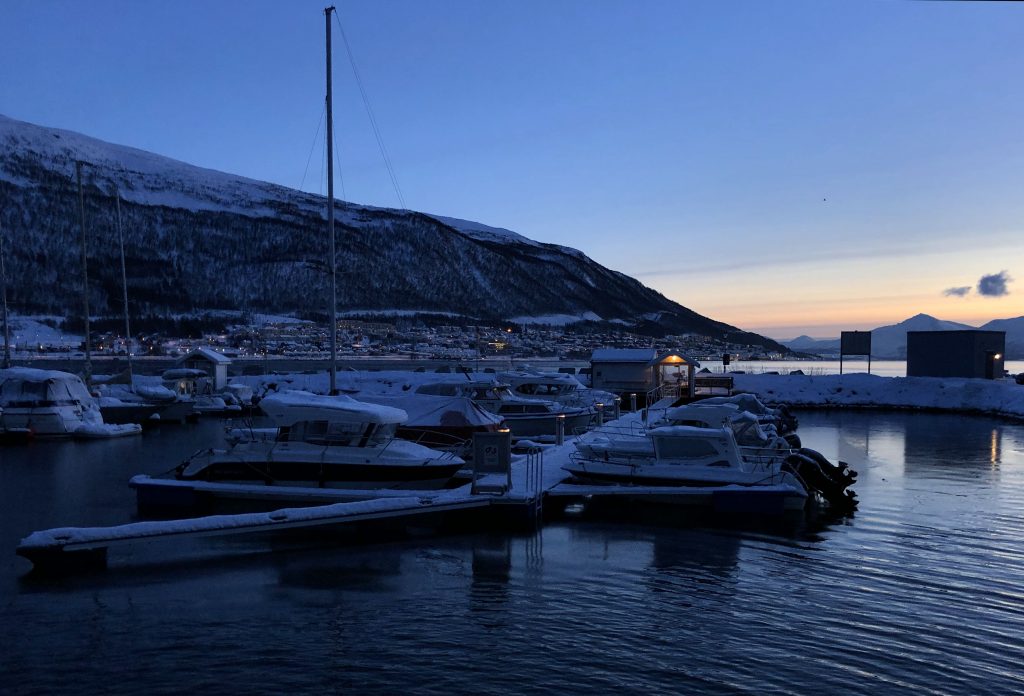
John

In the Ice Water – good safety training!